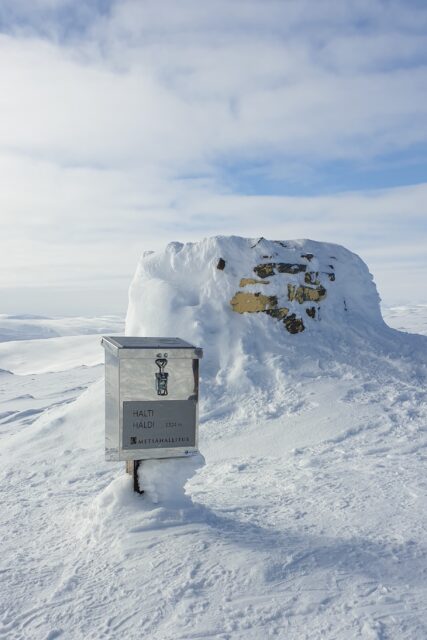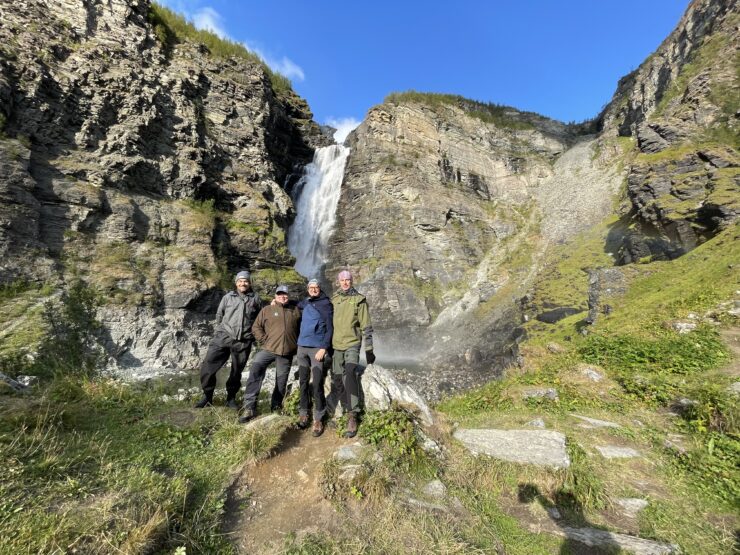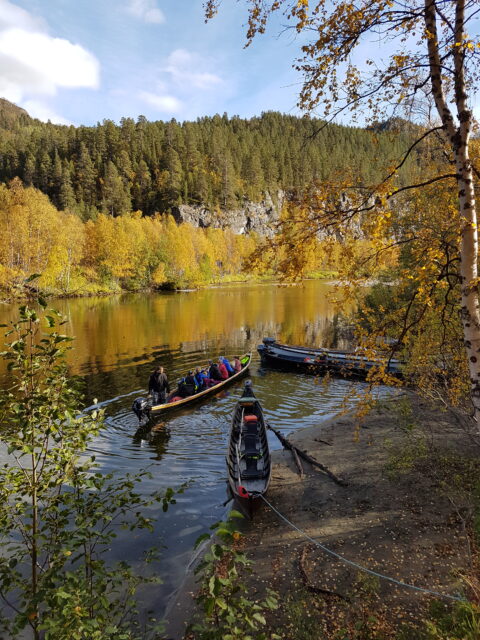The project partners Metsähallitus and Luonnonvarakeskus (LUKE) in Finland and Nasjonalparkstyret for Reisa nasjonalpark og Raisduottarhaldi landskapsvernområde, Halti nasjonalparksenter AS, Gáivuotna suohkan/Kåfjord kommune and Universitet i Tromsø – Norges arktiske universitet in Norway has worked across the border in the Interreg Nord project Halti. The project has successfully established a permanent cross border cooperation called the Háldi Transboundary Area.

Käsivarsi Wilderness Area in Finland and Reisa National Park with adjacent Ráisduottarháldi Landscape Protection Area in Norway have 41 km common border. The border divides one of the most Arctic wilderness of continental Europe: rocky fells of Scandinavian Mountain range, open or Mountain birch covered vidda plateau and large rivers running free to Atlantic and Baltic Sea for Salmon to spawn. The whole region belongs to the Sami Homeland and is important reindeer herding area. The highest mountain in the area and in whole Finland, Halti or Háldi in North Sami language, lies on the border and gave name to the project. The area is a popular tourism destination.
The main objective and result of the project was to organize permanent cross-border cooperation between managements. The Háldi Transboundary Area (TBA) was officially established 9.10.2020 by the agreement between Metsähallitus and Board of Reisa National and Ráisduottarháldi Landscape Protection Area, with Halti National Park Center as an associated partner.
Vision of the Háldi TBA:
Háldi Transboundary Area is a contiguous wilderness area, managed in good cooperation of partners and support of stakeholders, to preserve high natural, cultural and recreational values of the most arctic area of continental Europe and in the heart of the Sami Homeland.
The Joint Management has adopted the cooperation strategy with annual action plan. The project has also applied for a Europarc Transboundary Area Certificate. A decision will be awarded at the end of the year 2021. Europarc is the largest Network of European Protected Areas.

in Reisa National Park.
The project developed cooperation in the Háldi region in many ways, with focus on visitor information and management. Visitor monitoring was organized parallelly on both sides of the border by new optical counters. A common visitor survey was carried out over the whole the Háldi region using the Metsähallitus standard survey method. Common “core information” describing the Háldi region was compiled to be used in partner’s medias for visitor and stakeholder information. New information materials were produced for Halti and Kilpisjärvi nature centers: an interactive ”info kiosk” service for visitors, a video presentation of the Háldi region and a common recreational map over the national borders of Finland, Sweden and Norway. New cross-linked webpages were added in the sites of main partners Metsähallitus and Reisa NP. A common language policy was created, raising the status of original minority languages North Sami and Kven in information.

One important result of the project were experiences from piloting new methods for survey and monitoring of visitors. Current methods give good background data of visitors and estimates of numbers in destination level, but they are not sensitive to sudden changes, e.g. new visitor groups, activities or places of interest. This became obvious over the whole Europe, when Covid19 pandemic caused a rush to domestic recreational areas, when borders were closed for tourism. The existing visitor data doesn’t include position, that limits their use in analysis with nature data using GIS tools. Piloted methods like electronic questionnaire connected to map interface (PPGIS), data from mobile tracking devices (Strava) and social media (Facebook, Instagram) analysis give actual data including position for reasonable price. They were analyzed with nature data to find out sites critical in protection of natural values. So far this visitor data was insufficient for further conclusions, but methods proved to be already practicable. The results were presented in scientific seminars and will be published later by partners.
Project Manager Pertti Itkonen from Metsähallitus states that “above all, mutual understanding of natural and cultural values and their threats in the Háldi region was raised to a new level. The cooperation in management of protected areas was institutionalized and resourced under the Háldi TBA and will be continued in the future. The Swedish counterparts and the Pältsa Natura 2000-site on the border are welcome to join cooperation in the future”.
Here you can find more information about the project and its results:
